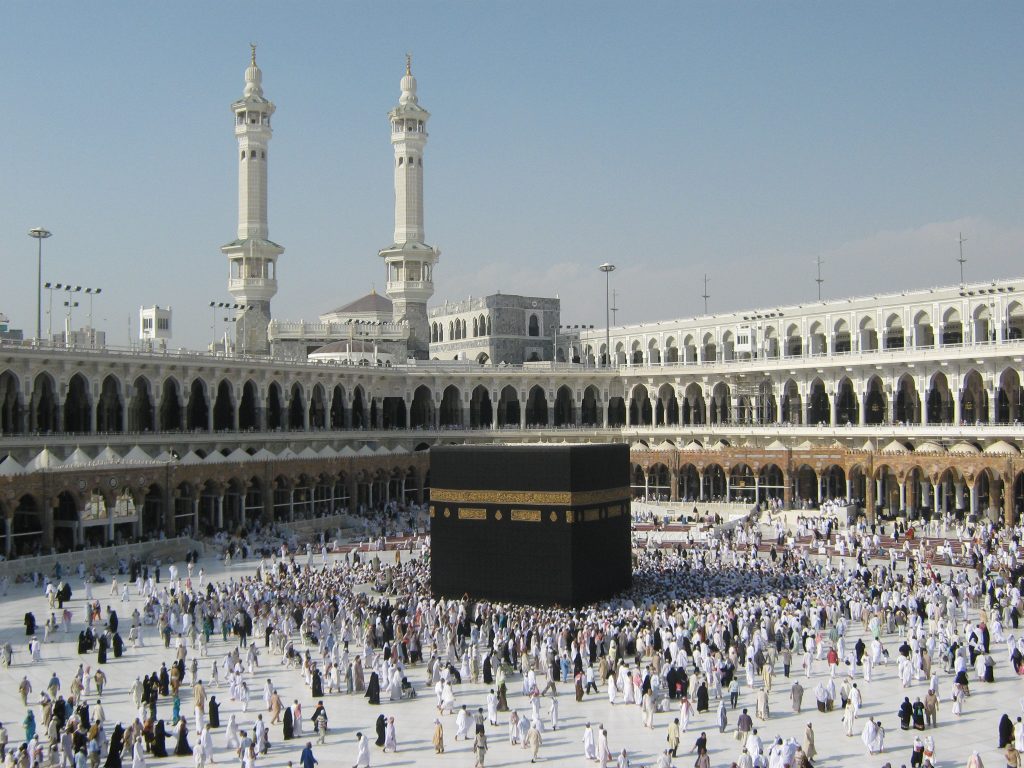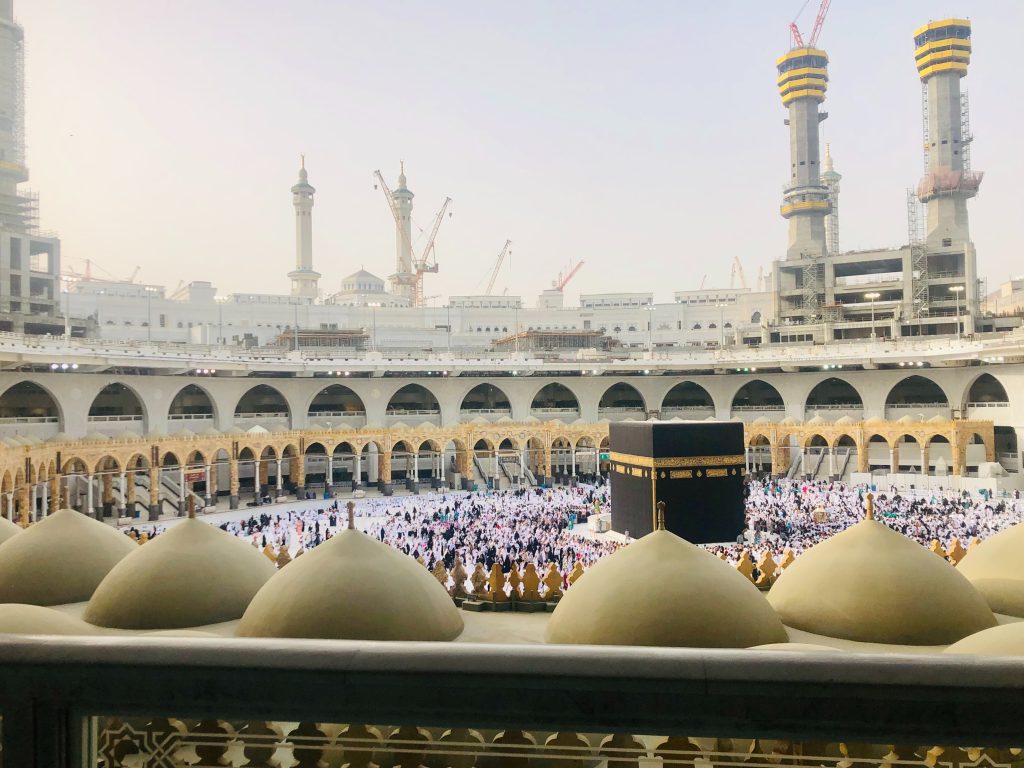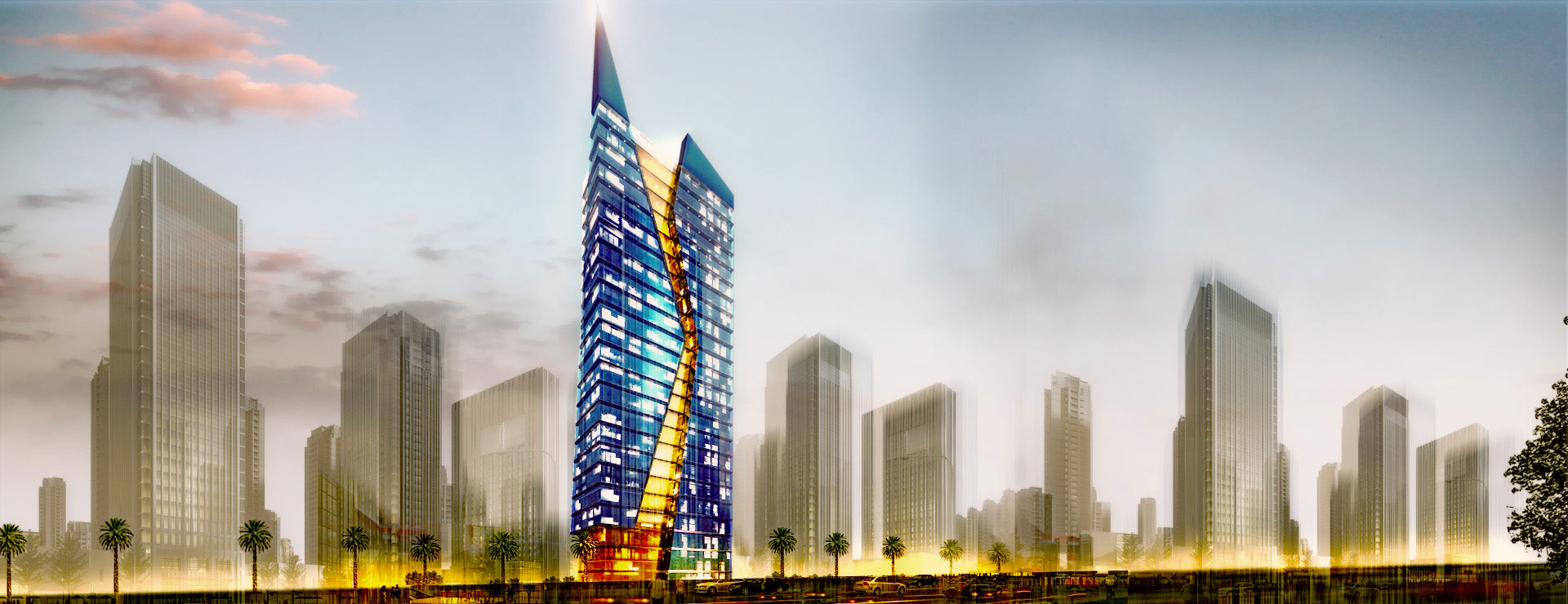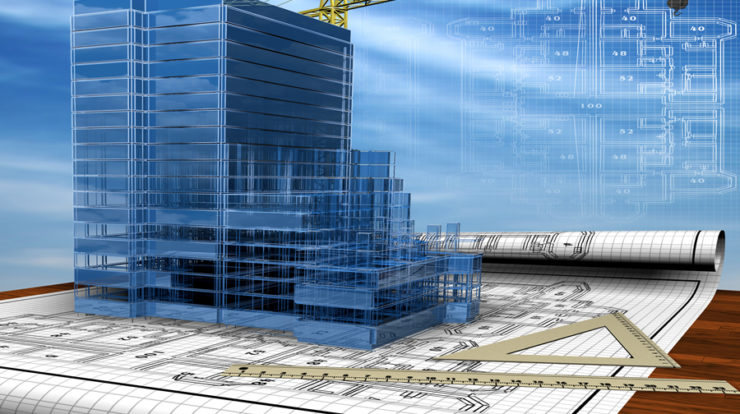The Impact of Architecture on Tourism in Saudi Arabia
The Impact of Architecture on Tourism in Saudi Arabia
Saudi Arabia is a nation renowned for its enthralling landscapes, rich past, and vibrant culture. Because of its impressive architecture, the Kingdom has also become a more well-liked travel location in recent years. Architecture plays a big part in drawing tourists to Saudi Arabia, from soaring towers to historic ruins. In this piece, we’ll examine how Saudi Arabia can take advantage of this trend for economic growth by analysing the effect of architecture on tourism there.
The Importance of Architecture in Tourism
The choice of a specific destination by tourists is significantly influenced by its architecture. The diverse architectural styles present throughout Saudi Arabia are a source of fascination for visitors as they represent the country’s rich cultural heritage. The Kingdom is home to a unique fusion of Islamic, medieval, and modern architecture that offers tourists a window into Saudi Arabia’s past and present.
Iconic Landmarks as Tourist Attractions
There are numerous famous sites in Saudi Arabia that are now major tourist attractions. The Kaaba, which is situated in the holy city of Mecca, is the most well-known of these structures. Millions of Muslims from all over the world travel to Mecca each year to visit the Kaaba, which is regarded as the most sacred place in Islam. The Kingdom Tower in Riyadh, which is the tallest structure in Saudi Arabia and stands at a height of 1,000 meters, is another well-known landmark. The Kingdom Tower is not just a popular tourist destination but also a representation of Saudi Arabia’s expanding economy.


Contemporary Architecture as a Tourist Attraction
Saudi Arabia is not an exception to the trend of modern architecture in the tourism sector. The Kingdom has made significant investments in contemporary architectural styles, producing beautiful buildings like the King Abdullah Financial District in Riyadh and the Jeddah Tower, which will be the highest skyscraper in the world when it is finished. These modern buildings not only provide visitors a distinctive experience, but also highlight Saudi Arabia’s dedication to innovation and modernisation.
Iconic Landmarks as Tourist Attractions
Saudi Arabia is not an exception to the trend of modern architecture in the tourism sector. The Kingdom has made significant investments in contemporary architectural styles, producing beautiful buildings like the King Abdullah Financial District in Riyadh and the Jeddah Tower, which will be the highest skyscraper in the world when it is finished. These modern buildings not only provide visitors a distinctive experience, but also highlight Saudi Arabia’s dedication to innovation and modernisation.
The Role of Architecture in Sustainable Tourism
The trend of sustainable travel is expanding, and Saudi Arabia may benefit greatly from the promotion of sustainable travel. By creating sustainable constructions that make use of ecologically friendly building materials and designs, the Kingdom has been aiming to encourage eco-tourism. The King Abdulaziz Center for World Culture in Dhahran is one such building that uses solar energy and a green roof to lessen its environmental impact.

Leveraging Architecture for Economic Development
The development of Saudi Arabia’s economy can benefit from the use of architecture. To increase tourism and generate new job opportunities, the Kingdom has been heavily investing in the development of distinctive and creative architectural constructions. The additional tourism income can also be utilised to support other economic development programmes and the improvement of local infrastructure. For instance, the AlUla development project intends to turn the historic city of AlUla into a top tourist destination with beautiful architecture and cultural attractions.
The Role of Heritage Sites in Saudi Arabia's Tourism Industry
The cultural landmarks of Saudi Arabia rank among the most well-liked tourist destinations in the country. For instance, the historic city of Mada’in Saleh, which is a UNESCO World Heritage site, has breathtaking rock-cut tombs and remains from the Nabatean Kingdom. Visitors who want to learn more about Saudi Arabia’s extensive history and culture frequently visit this location.
The Role of Architecture in Cultural Preservation
In Saudi Arabia, architecture is essential for maintaining cultural traditions. Numerous historical landmarks in the Kingdom, such the Al-Ula and Al-Diriyah, have undergone considerable restoration and preservation work to keep them in good condition for future generations to enjoy. The historic mud-brick homes seen in Jeddah’s old city serve as a visual representation of Saudi Arabia’s cultural history.
Conclusion
In conclusion, architecture may be used to spur economic growth and is important in luring tourists to Saudi Arabia. Visitors are drawn in large numbers by the Kingdom’s distinctive fusion of modern, traditional, and Islamic architecture, and famous sites like the Kaaba and the Kingdom Tower have come to represent the country’s economic and cultural character. In the tourism sector, modern architecture has also become popular, with buildings like the Jeddah Tower demonstrating the Kingdom’s dedication to progress and innovation.
Another emerging trend is sustainable travel, and the Kingdom’s investment in environmentally friendly buildings demonstrates its dedication to fostering this industry. The increased tourism revenue can be used to pay for local infrastructure improvements and other economic development projects. Architecture can also be used to boost economic development.
Last but not least, architecture plays a significant role in preserving Saudi Arabia’s rich cultural heritage. Traditional mud-brick houses in Jeddah, as well as heritage monuments like Mada’in Saleh and Al-Ula that have undergone intensive preservation efforts, serve as a display for the cultural character of the Kingdom. In conclusion, Saudi Arabia’s tourism industry significantly depends on architecture, and the nation will definitely welcome more visitors in the future if it continues to engage in architectural innovation and preservation.



